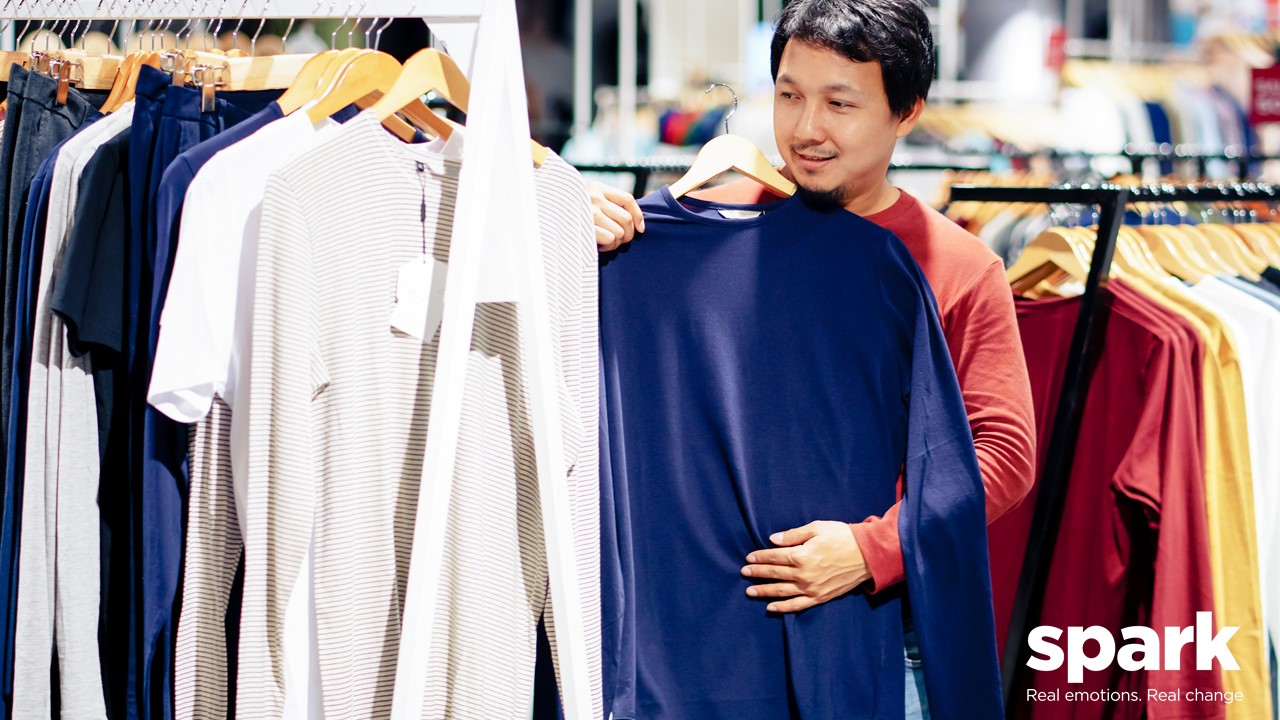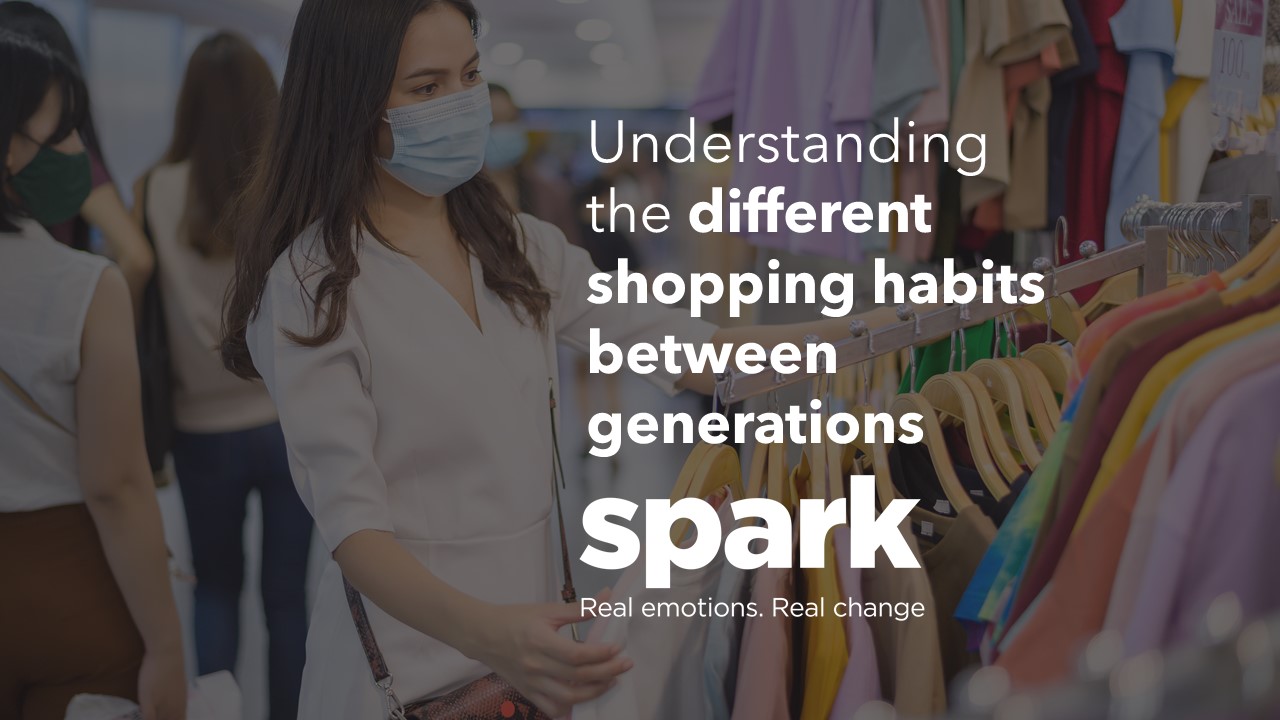In our July Mood of the Nation report, we found that Baby Boomers and older (57 years old +) were least likely of all generations to be making non-food purchases (cosmetics/ fashion/sports) in July whereas, younger generations like Gen Z and Millennials were most likely to be planning purchases. With this significant difference in shopping habits between age groups, we wanted to understand why this might be.
COVID-19 has highlighted different behaviour between generations
The difference in spending habits between the generations may come down to COVID concerns. Younger groups are not as vulnerable as older groups so might be spending on cosmetics, fashion and sport because they are planning to do more socialising. While younger groups are making plans to meet up, and so will be refreshing their wardrobes, older groups are more vulnerable. Older shoppers are more at risk of suffering from covid so new fashion items or cosmetics are not a priority.
Do older generations just not enjoy the shopping experience?
Another argument could be that older generations do not enjoy shopping in the same way younger generations do. According to research (https://salesfloor.net/blog/generations-shopping-habits/) , the Baby Boomer generation find shopping a stressful experience, and this generation were the least likely to agree with the statement “I think shopping is a great way to relax” when compared to other ages.
Shopping can mean a long time on your feet and the store environment can be noisy, crowded and confusing. While these aspects are not an issue for younger shoppers, much older shoppers may not think the purchases are worth the hassle.

Are the expectations of older shoppers too high?
Older generations have high expectations of customer service and the level of service they receive in-store can dictate whether they will purchase. This was demonstrated by a ‘LoyaltyOne’ survey who found Baby Boomers would take their business away from a retail chain if an exchange with one of their sales associates was subpar. This group are more sensitive to poor treatment, whereas younger shoppers are more likely to put up with it to get their items.
In summary
There are multiple factors that are contributing to the difference in shopping habits between ages, such as concerns over COVID, the hassles of shopping and customer service to name a few. To encourage more older shoppers to make purchases, stores need to consider that shoppers at the higher age range of Baby Boomers, or the Silent Generation, will need better accessibility, more seating/rest areas and more assistance from staff. As always, retailers should demonstrate to shoppers that their safety is a priority, so continue to display COVID safety measures and provide hand sanitiser where possible
How can we help?
Every month, we speak to a nationally representative sample of UK adults to understand how people are really feeling about the key topics that month, or just about the world around them. To see our latest mood of the nation, enter your details below and one of the team will be in touch.
Enter you details below and we’ll be in touch
Related articles

Written by Tara Moran, Research Executive at Spark Emotions.
If you have any questions, feel free to reach out to Tara via email tara.moran@sparkemotions.com or connect on LinkedIn










One thought on “Understanding the different shopping habits between generations”
Comments are closed.